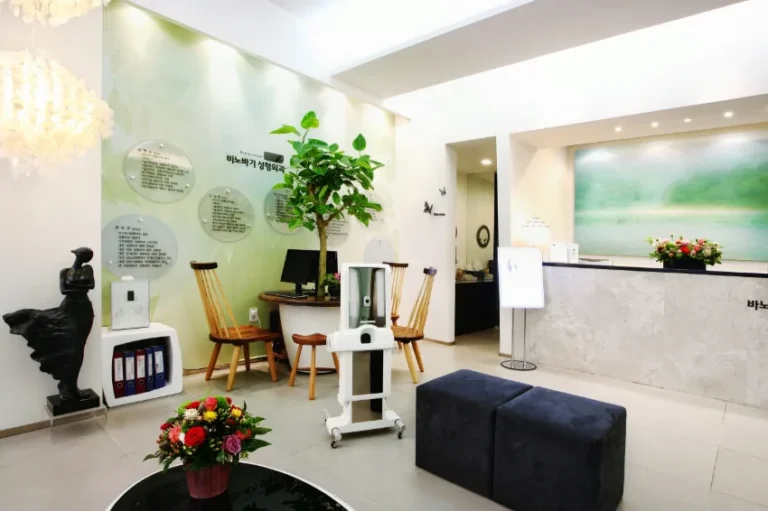Traveling to Korea for breast augmentation offers patients access to world-renowned plastic surgeons and advanced medical technology. However, post-surgery care doesn’t end once you return home—especially when it comes to long-term implant surveillance. Whether you received silicone or saline breast implants, routine monitoring is essential to detect silent complications like implant rupture or capsular contracture.
This guide explains why breast implant surveillance is important, and outlines MRI and ultrasound guidelines specifically for medical tourists who’ve had their procedures in Korea.
🩺 Why Breast Implant Surveillance Is Critical
Breast implants—particularly silicone ones—can develop issues that may not produce symptoms. These are known as “silent ruptures.” Over time, even high-quality implants can:
- Leak or rupture
- Develop capsular contracture (scar tissue tightening around the implant)
- Shift in position
- Cause inflammation or swelling
Routine imaging ensures that complications are detected early, ideally before symptoms appear or revision surgery becomes urgent.
🔍 Recommended Imaging Techniques: MRI vs. Ultrasound
Both MRI (Magnetic Resonance Imaging) and Ultrasound are used to monitor breast implants, but they serve slightly different roles depending on the clinical situation and implant type.
| Imaging Modality | Best For | Pros | Cons |
|---|---|---|---|
| MRI | Detecting silent silicone implant ruptures | High accuracy; FDA-preferred method | Expensive, not always available, requires staying still |
| Ultrasound | Initial or routine screening of implants | Widely available, lower cost, fast | Lower sensitivity for some types of ruptures, operator-dependent |
📅 Surveillance Schedule for Medical Tourists
⏳ If you received silicone implants:
- First MRI: At 5–6 years post-surgery (FDA and international guidelines)
- Repeat MRI: Every 2–3 years after the first scan
- Optional ultrasound: At 1 year post-op and then annually, especially if MRI access is limited
⏳ If you received saline implants:
- No standard MRI surveillance required
- Annual ultrasound or physical exam is typically sufficient
- Watch for visible deflation (saline rupture usually causes noticeable changes)
Tip: Ask your Korean clinic for your implant brand, serial number, and type before returning home—this information helps radiologists assess the implants accurately.
🌏 Considerations for Medical Tourists
If you traveled to Korea for surgery but live abroad, managing surveillance across borders requires a bit more planning.
1. Before You Leave Korea:
- Request a full operative report, including implant details and recommended surveillance timeline.
- Ask the clinic if they can provide post-op ultrasound or MRI images to bring home.
- Get the contact information of your surgeon or clinic coordinator for future questions.
2. At Home:
- Share your surgical records with a local radiologist or breast specialist.
- Choose a clinic or imaging center experienced in evaluating cosmetic breast implants, not just cancer screening.
- Store your operative records digitally for easy access during checkups.
🧪 What Radiologists Look For
In MRI:
- Signs of intracapsular rupture (“linguine sign”)
- Evidence of extracapsular silicone leakage
- Capsular thickening or fluid collections
In Ultrasound:
- Implant shell integrity
- Peri-implant fluid or inflammation
- Abnormalities in surrounding breast tissue
If your ultrasound is inconclusive, your doctor may recommend an MRI for confirmation.
🧭 What to Do if a Problem Is Found
If surveillance imaging finds a potential rupture or other complication:
- Contact your original Korean clinic if possible—they may guide you remotely or recommend a partner clinic.
- Seek a consultation with a local plastic surgeon familiar with implant revision or removal.
- Share all imaging results and your original operative report to aid in treatment planning.
✅ Quick Surveillance Checklist
✔️ Know your implant type and brand
✔️ Save your surgical report and images
✔️ Schedule your first MRI at 5–6 years post-op (for silicone)
✔️ Consider annual ultrasounds for peace of mind
✔️ Monitor for symptoms: asymmetry, pain, hardening, or shape change
✔️ Keep communication lines open with your Korean provider
Final Thoughts
Breast implant surveillance is a long-term commitment—especially for international patients. MRI and ultrasound imaging are powerful tools that help detect silent implant issues early, offering peace of mind and proactive health management.
If you underwent breast augmentation in Korea, staying vigilant about imaging—even from overseas—ensures the longevity and safety of your results.




